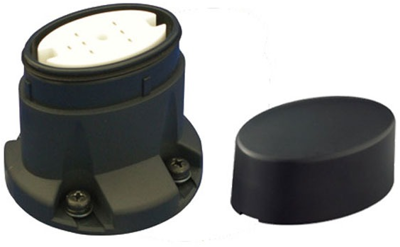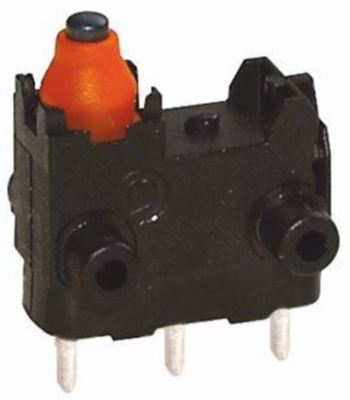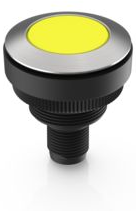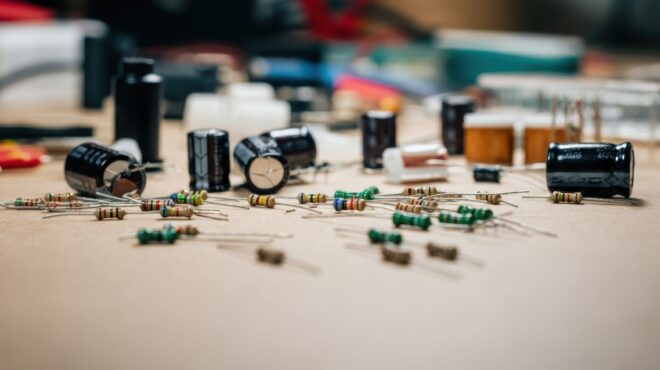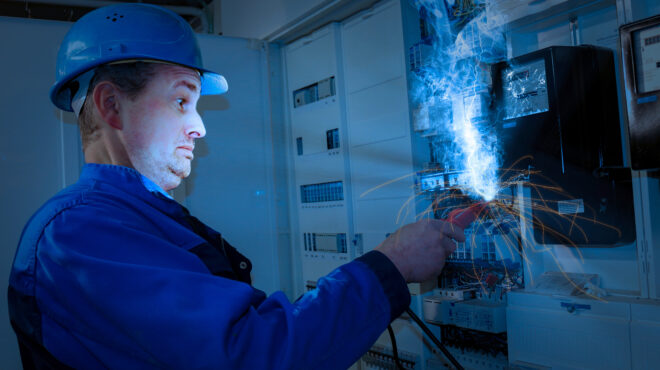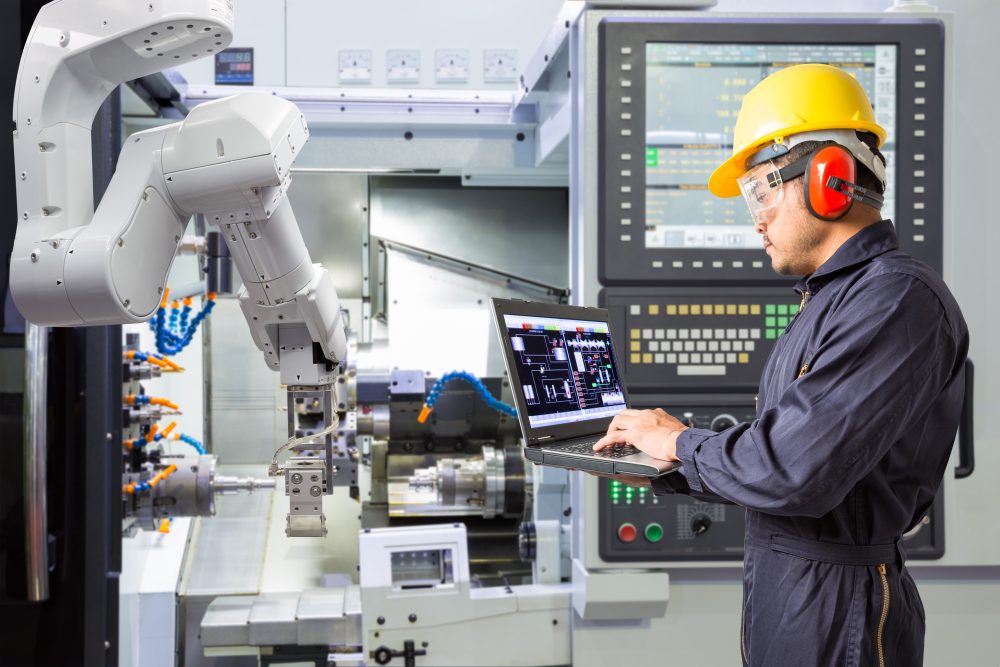
Safety in Industrial Automation
In a world that seems to be spinning faster and faster and where technological progress has become the norm, industrial automation presents itself as an indispensable part of modern manufacturing processes. It enables companies to increase productivity, reduce costs and ensure consistent quality. But along with these benefits come challenges, especially when it comes to safety. Because no matter how advanced the technology, the safety of people and equipment must always come first. What needs to be considered in this area? We clarify! Doch mit diesen Vorteilen gehen auch Herausforderungen einher, insbesondere in Bezug auf die Sicherheit. Denn egal, wie fortgeschritten die Technologie auch sein mag – die Sicherheit von Menschen und Anlagen muss immer an erster Stelle stehen. Was es in diesem Bereich zu beachten gilt? Wir klären auf!
Industrial automation: Smooth operation is essential
Industrial automation is at the heart of modern manufacturing processes. It combines technologies and devices such as sensors, actuators, machine controls and network technologies to optimize and automate complex production processes.
This enables an increase in efficiency, productivity and quality while reducing costs. In this context, both safety and experience in industrial automation play crucial roles. After all, industrial automation only offers significant benefits if all processes and components are ideally coordinated and function smoothly. Even a single error in the process can bring the plant to a standstill – which is why safety and monitoring are central areas of industrial automation.
Safety in industrial automation
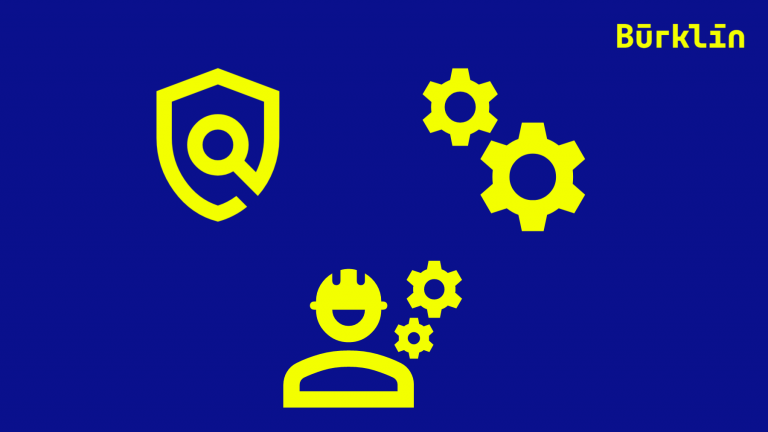
As in other industrial environments, specific safety categories are relevant in the field of industrial automation.
- Physical safety: This refers to measures designed to protect people from harm that can result from interacting directly with machinery and equipment. These safety measures are based on decades of experience in the automation industry, with new findings and improvements constantly being incorporated.
- Machine safety: This refers to any measures that are necessary for smooth operation and that prevent individual components, machines, devices or systems from being damaged. A risk assessment in accordance with the machine guidelines ensures that plants and processes are examined accordingly, potential hazards are identified and suitable protective measures are determined.
- Cyber security: This focuses on protecting industrial control systems and networks from digital threats. As systems become increasingly interconnected and the threat of cyberattacks grows, experience in dealing with these risks is critical.
In order to adequately counter both physical and mechanical as well as digital risks and dangers, a comprehensive security concept is necessary. The same applies to ensuring smooth operation or, in the event of a malfunction, a rapid interruption of operations. For this, the choice of high-quality products is essential – material defects of any kind must be prevented in the field of industrial automation.Furthermore, special products support the monitoring of plants and processes.
Technologies & Solutions
Special safety technologies and products are designed to protect people and equipment from potential hazards. The solutions used to improve safety in industrial automation are diverse.
Signaling devices
Signaling devices are used to reliably indicate the status of machines and systems in the event of a malfunction. Process automation and the demands of Industry 4.0 have fundamentally changed the requirements for machine signaling technology: Products in this area must bring more safety and efficiency.
Safety-relevant components in this area:
Command and signaling devices
Buttons and pushbuttons and other command and signaling devices play an important role in industrial automation, especially with regard to safety aspects. They provide simple and direct interaction options for operators and technicians and often serve as physical interfaces between people and machines.
In the event of danger or malfunctions, it is essential that machines and systems can be stopped or, if necessary, disconnected from the power supply at the push of a button. It is also possible to demarcate certain areas in this way by actuating the special industrial buttons and pushbuttons.
Bürklin Elektronik offers a wide range of buttons and pushbuttons, acoustic signaling devices and more, tailored to the specific safety requirements in industrial automation. With their decades of experience in the field of industrial automation, our top manufacturer partners help to continuously develop products in this sector and make them even more robust and user-friendly.
Specific applications and their importance for safety:
- Emergency stop buttons: These represent an essential component of machine safety. In the event of a dangerous situation, an emergency stop button enables a machine or system to be stopped immediately. These components are usually red, illuminated if necessary, and should be placed within easy reach. According to safety standards, they must be designed to function even in the event of a power failure or system error. Products in this segment should therefore be robust, reliable and user-friendly.
- Reset button: After an emergency stop command or safety shutdown has been triggered, a reset button is often required to get the machine back into operation. This process usually requires a check of the system for possible hazards before the reset button is pressed.
- Access Control Pushbuttons: In specific facilities, pushbuttons may be used to control access to certain areas. This can be used to keep people out of potentially hazardous areas.
Monitoring technology – for more safety in industrial automation
To ensure the smooth operation of plants and machines, high-quality monitoring technology is required. Condition monitoring is used to continuously monitor the operating status. Potential problems can be detected at an early stage before they lead to failures or safety risks. This can be done, for example, by monitoring certain parameters.
Special monitoring relays keep an eye on current, voltage, speeds and other parameters that are important for the production process. In the event of a fault, deviations from the target state are registered immediately and a signal is given accordingly.
Safe and fast data transmission
The demands on connectors and communication technology components in industrial automation are constantly growing. In addition to the call for even faster data transmission, there are also specific safety aspects that need to be taken into account.
- Industrial Ethernet switches: They ensure communication between machines and systems. As with classic Ethernet, cables, connectors and switches are also used here. However, the protocols are adapted. Profinet, EtherCAT, EtherNet/IP or Ethernet Powerlink are just a few examples in this area. Delays in data transmission and data loss can thus be prevented.
- High-quality fiber optic and Ethernet cables: Data transmission in the field of industrial automation is increasingly focused on speed. Accordingly, high-quality cables and lines are needed to ensure reliable transmission.
- Industrial connectors and couplings: Within a plant, it is important to ensure that the various devices and systems can communicate flawlessly. In this respect, the compatibility of connectors is also enormously important for the safety of machines and systems. If the individual components are not compatible with each other, this can lead to energy losses, but also to material defects, malfunctions and, in the worst case, operational failures.
Cyber security concepts and monitoring
With increasing digitalization and networking of industrial automation, the importance of monitoring cyber security risks is also rising.
In terms of cyber security, various solutions are available to protect industrial control systems and networks from digital threats. Intrusion detection or anomaly detection systems can help to detect cyber attacks at an early stage and initiate appropriate countermeasures. Firewalls and intrusion detection systems can help identify and block unwanted traffic.
Encryption technologies help ensure the confidentiality and integrity of data. And last but not least, regular updates and patches ensure that systems are always up to date and potential security gaps are closed quickly.
Our experience for your success
Based on our experience and that of our competent manufacturing partner companies, we can offer a wide range of products and solutions tailored to the specific safety requirements in industrial automation. Our goal is to make a wide range of processes safer, more efficient and more reliable with the models we offer.
Are you interested in the field of industrial automation? The online magazine “Elcectronic Competence” regularly publishes interesting articles on various topics. For example, what role do quality and standardization play in industrial automation? Or: What trends can be expected with regard to Industry 4.0?
Stay informed!

